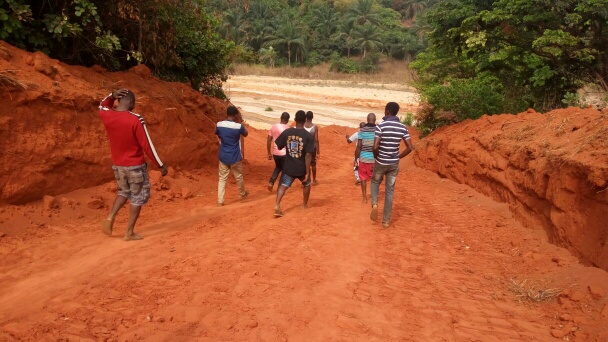The highest concentration of severe gully erosion in Nigeria is found in five Eastern states of Anambra, Enugu, Abia, Imo, and Akwa Ibom. Anambra is famous with its Agulu-Nanka-Oko- Ekwulobia gullies.Gullies of about 120m depth and 2km width have been recorded in this area. Active gully erosion sites across the country are put at 2000 sites (Jaiyebo, 2002). Seasonally, figures put active erosion sites in Imo and Anambra states to about 1.9 percent of land mass. In these areas, soil erosion is due mainly to the action of flood or running waters (Nwafor, J.C., 2006). In Anambra State, Erosion is a peculiar environmental problem. Almost all communities in the state are affected by one form of erosion or the other.
According to recent media reports, over 70 percent of the land of the state is ravaged by or threatened by erosion at various levels (Oranye, 2013). Available statistics indicates the presence of about 500 gully erosions spread across the rural communities. Notable areas include: Aguata/Orumba L.G.A’s with about 78 gullies, Nnewi 60, Njikoka/Aniocha 50 gullies, Idemili 46, Ihiala 40, Awka 30, Onitsha 22, Anambra/Oyi 16 gullies. While these communities are under the threat of erosion menace, some notable erosion sites as noted in this study are however in the process of control by the state government. They include: erosion sites at Nimo, erosion sites at Umuchiana-Ekwulobia, Nnewi-Okigwe highway, Omagba, Inyaba Umudim Nnewi, Mbanabo-Nnewi-Ichi Nnewi, Utuh/Osumenyi, Umuchu-Uga- Igboukwu highway, Umueze-Uga, Nawfijah, Obieze, Ifite-Dunu and Ndiagu-Ogidi erosion sites. The Nanka erosion site is so terrifying that it has been declared a national disaster.
http://www.eajournals.org/wp-content/uploads/Erosion-Problems-and-Their-Impacts-in-Anambra-State-of-Nigeria-A-Case-Of-Nanka-Community.pdf

